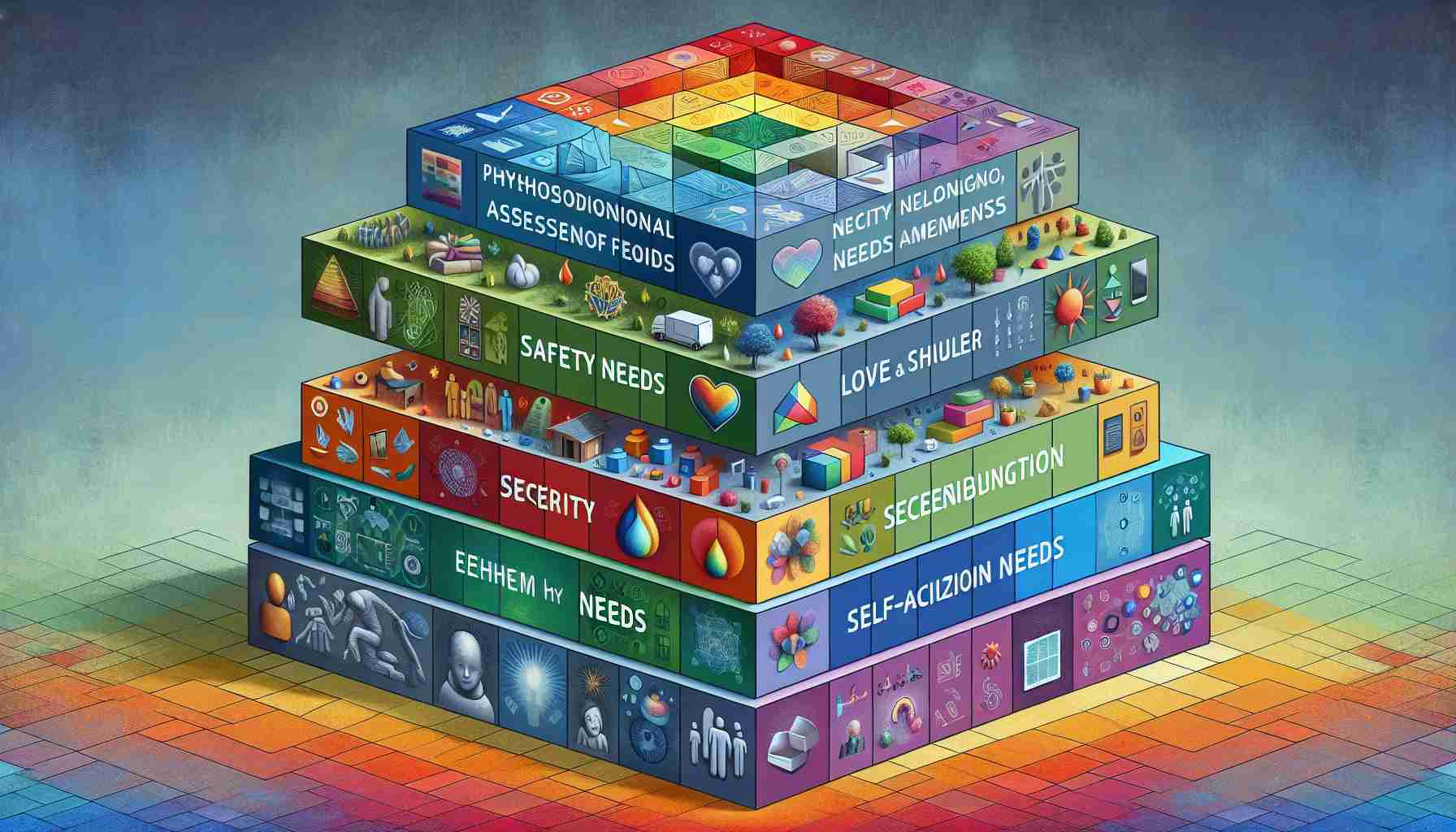Understanding the Essence of Human Needs
Human needs can be comprehensively categorized into survival, relationship, and growth needs, marking a fundamental aspect of human nature. Survival needs encapsulate the essentials for material survival, while relationship needs revolve around seeking interpersonal connections and satisfaction. Growth needs represent an individual’s inherent drive for self-improvement and development.
Interconnectivity of Human Needs
Survival needs, akin to basic physical survival, align with the physiological and safety needs in established psychological theories. On the other hand, relationship needs mirror the social and self-esteem requirements, emphasizing the significance of interpersonal relationships. Growth needs emphasize an individual’s intrinsic drive towards realizing personal potential and capabilities, reflecting the need for self-actualization.
Enhancing Care Services for the Elderly
In the realm of care services for the elderly, a comprehensive multidimensional approach is crucial. By combining elements of survival, relationship, and growth needs, tailored services can be designed to cater to a diverse range of requirements. This holistic approach ensures that older individuals receive the necessary support across different dimensions, promoting healthy aging and overall well-being.
Expert Consultation and Indicator System Development
Drawing on the expertise of professionals across various domains, the development of indicator systems for elder care services is underway. Employing methodologies such as the Delphi method enables the refinement and optimization of indicators based on expert feedback. Through rigorous consultation and evaluation processes, indicator systems can be fine-tuned to align with the evolving needs of the elderly population.
Utilizing Analytical Tools for Assessment
Tools like the Analytical Hierarchy Process (AHP) provide a systematic framework for assessing and prioritizing indicators in elder care services. By leveraging expert opinions and quantitative data, AHP facilitates the accurate weighting of indicators, ensuring that resources are allocated efficiently. The utilization of such analytical tools enhances the quality and effectiveness of care services, leading to improved outcomes for aging individuals.
Comprehensive Multidimensional Assessment of Human Needs
Understanding the complexity of human needs requires a multidimensional approach that goes beyond the basic categories of survival, relationship, and growth. While these fundamental needs lay the groundwork, delving deeper into various domains reveals additional facets crucial for a holistic assessment of individuals’ well-being.
Exploring Mental Health Needs
One essential dimension often overlooked in traditional frameworks is mental health needs. Mental well-being plays a significant role in overall human functioning, influencing emotional stability, cognitive processes, and social interactions. Incorporating mental health assessments into multidimensional frameworks is vital for addressing the complete spectrum of human needs.
Addressing Environmental Needs
Another critical aspect to consider is environmental needs, encompassing factors such as access to clean air, water, and safe living conditions. Environmental health directly impacts physical well-being and can significantly influence an individual’s quality of life. Including environmental assessments in multidimensional evaluations provides a more comprehensive understanding of the factors shaping human needs.
Key Questions:
1. How can mental health needs be effectively integrated into multidimensional assessments of human needs?
2. What role do environmental factors play in shaping an individual’s overall well-being?
3. How can diverse cultural perspectives be considered in assessing human needs across different populations?
Challenges and Controversies:
One of the key challenges in multidimensional assessments of human needs is the potential for subjectivity in interpreting and prioritizing different dimensions. Balancing the significance of various needs while considering individual differences poses a challenge in developing universally applicable assessment frameworks. Additionally, controversies may arise in determining the weighting of different dimensions and addressing the complex interplay between them.
Advantages and Disadvantages:
The advantage of a multidimensional assessment of human needs lies in its comprehensive nature, allowing for a more nuanced understanding of individuals’ requirements. By considering a wide range of dimensions, tailored interventions can be developed to address specific needs effectively. However, the complexity of multidimensional assessments can also pose a challenge in practical implementation, requiring sophisticated tools and expertise for accurate evaluation.
For further insights on the multidimensional assessment of human needs, you may visit World Health Organization for global health perspectives and American Psychological Association for mental health resources.
